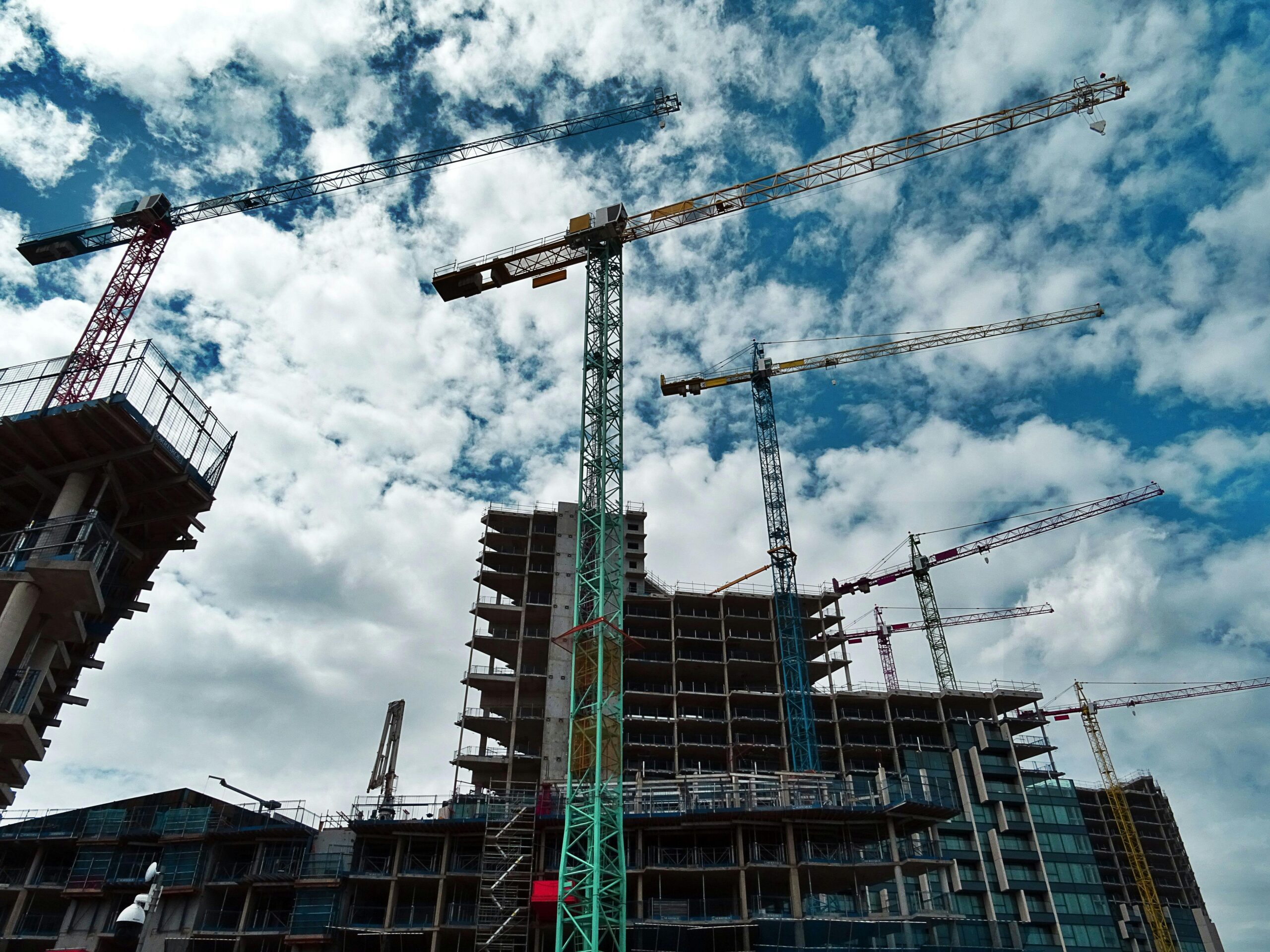
Managing Safety in the Construction Industry: A Short Guide for Busy Professionals
Construction sites are dynamic environments where multiple activities happen simultaneously, often involving complex risks. Managing safety effectively is not just a legal obligation but a critical factor in protecting workers and ensuring project success. Here’s a concise, practical overview of how to manage safety in construction workplaces, based on the latest Model Code of Practice.
Who is Responsible?
Safety is a shared responsibility among all parties involved:
- Persons Conducting a Business or Undertaking (PCBU), such as principal contractors and subcontractors, have the primary duty to ensure health and safety so far as reasonably practicable.
- Designers, manufacturers, suppliers, and installers must ensure their designs and products do not pose risks.
- Officers (e.g., company directors) must exercise due diligence to ensure compliance.
- Workers must take reasonable care for their own safety and cooperate with safety policies
Managing Risks: The Systematic Process
The Code of Practice outlines a clear risk management process:
- Identify Hazards
Look for anything that could cause harm on the site-unstable scaffolding, exposed electrical wiring, falling objects, hazardous chemicals, or unsafe manual tasks. Particularly high-risk construction work. High risk construction work includes:- Falls >2meters
- Telecommunication tower works
- Load-bearing demolition or related to physical integrity
- Asbestos
- Alterations that require temporary supports for load-bearing
- Near or in confined space, hole or tunnel >1.5 meters deep
- Explosives or flammable atmospheres
- Near pressured gas, pipes, chemicals fuel or refrigerants
- Tilt-up precast concrete
- Near roads, railway, shipping or traffic corridor
- Powered mobile plant
- Extreme temperatures
- In or near water where risk of drowning (including diving)
- Assess Risks
Develop a risk register that outlines the business’s understanding of how serious the harm could be and how likely it is to happen. This includes the risk pre-controls, and the residual risk following controls are applied. - Control Risks
Use the hierarchy of control measures to eliminate or minimise risks so far a reasonably practicable. Sites wont let you start the job, unless the risk has been controlled to below an agreed standard.- Elimination: Remove the hazard entirely if possible (e.g., do work at ground level to avoid working at heights).
- Substitution: Replace the hazard with something safer (e.g., use less hazardous materials).
- Isolation: Separate people from the hazard (e.g., erect barriers around dangerous zones).
- Engineering Controls: Use physical controls like guardrails or safety switches.
- Administrative Controls: Implement safe work procedures, training, and signage.
- Personal Protective Equipment (PPE): Use as a last line of defence, such as helmets, gloves, and high-visibility clothing.
- Maintain and Review Controls
Regularly check that control measures remain effective, especially after changes on site or following incidents. There is a requirement to ensure you continue training and engagement with employees on risks and confirm their understanding.
Consultation is Key
Engage workers and other duty holders in safety discussions. Their input improves decision-making, documentation and helps identify hazards early. Use toolbox talks, site inductions, and regular meetings to keep everyone informed and involved.
Safe Work Method Statements (SWMS)
For high-risk construction work, prepare and implement SWMS that detail how work will be carried out safely. These documents must be reviewed and updated as needed to reflect current site conditions. Focus on ensuring the controls are easy to identify and understand in the SWMS.
WHS Management Plans
Principal contractors must develop a WHS management plan before work starts, outlining how safety will be managed throughout the project, and many clients ask that these systems are 45001 ISO certified or integrated ISO Management Systems (which include 14001 environment and 9001 quality standards). This plan should be communicated to all workers and reviewed regularly in line with what is occurring onsite.
Practical Tips for Busy Sites
- Engage with workers reguarly on their safety concerns.
- Keep the site tidy to prevent slips, trips, and falls.
- Use the right tools and equipment for each task.
- Establish clear, uncomplicated emergency procedures and ensure everyone knows them.
- Ensure the worker’s daily routine includes regular inspection and maintenance of tools, equipment, and safety measures.
- Report hazards, near misses, and incidents immediately to prevent accidents.
- Know the critical risks, plan a stop for safety and use barricades or help to prevent overlapping tasks from causing risk to others.
Final Thought
Safety management in construction is about proactive planning, ongoing communication, and continuous improvement. By systematically identifying hazards, assessing risks, applying effective controls, and involving everyone on site, you create a safer workplace that protects people and keeps projects on track.
For detailed guidance, refer to the full Model Code of Practice for Construction Work by Safe Work Australia.
